A new book reveals the ‘somewhat eccentric sensibility of an often very good architect’, finds Patrick Lynch
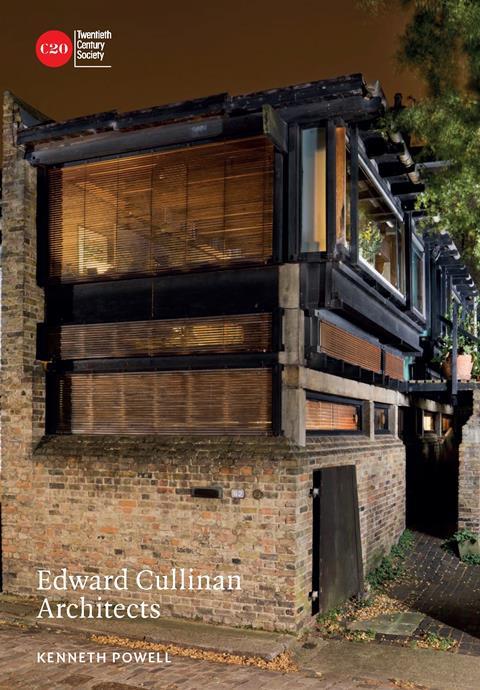
The 20th Century Society continues to defend and promote modern architecture in Britain with erudite enthusiasm, not least through its publications. Their most recent edition concerns the work of RIBA Gold Medallist Edward “Ted” Cullinan and his practice, and follows on from recent excellent publications devoted to FX Verlarde and other more or less well known exemplary modern British architects. This new volume essentially updates Edward Cullinan Architects, also by Powell, an RIBA publication of 1984, and his 1995 book, again of the same title, published by Academy Editions.
Powell writes affectionately about Cullinan, tracing his gilded youth through Ampelforth and Queens College Cambridge, via stints at UC Berkeley and Denys Lasdun’s office, before establishing his own practice in 1965. The story is not quite so linear though, as Cullinan had in fact completed several very intriguing houses in California whilst still technically a student, and in fact he continued to return to the US to build a number of projects influenced by the climate and topography of the West Coast. For fans of his domestic architecture these houses are a fascinating counterpoint, and I for one wish there was more information about these in the book.
Arranged as a series of chapters dealing largely with the different use classes that Cullinan engaged with, the book is also largely chronological. Faced with the economic and political reality of private practice in London, Cullinans designed a surprisingly large number of offices as well as cultural projects, and the book explains well how the practice sought to apply consistent principles of ecological design to the various programs that they encountered over several decades.
Powell does justice to the ethics and ethos of the practice. He makes a convincing case for a mode of architectural practice oriented towards ideals of the common good and the individual, one capable of extreme stylistic eclecticism. Or at least, this is what comes across as the work evolved throughout the latter decades of the twentieth century, flirting with forms of post modernistic expressionism without ever fully committing to either one aesthetic agenda or language.
One may argue that this is a good thing – as one suspects Powell and Cullinan would – or a weakness, as other architects more concerned with the development of a consistent formal and material architectonic language might. Overall, to my critical eye at least, the work seems variable in a way that is both admirable in terms of specificity, and yet also somewhat volatile in terms of actual design quality.
For every brilliant project such as Minster Lovell Residential Study Centre in the Cotswolds, his own house in Camden, and the Weald and Downland Gridshell, there are at least as many whose language seems today to be confused and overly rhetorical. The library at St John’s College, Cambridge seems very much the product of a not particularly enlightened period of debate in British architecture.
In this regard, although perhaps with less academic and stylistic rigour than other eclectic architects – Moneo, Fehn and Utzon spring to mind as architects with similar sensibilities and agendas – Cullinan’s work comes across as both highly varied in terms of style and quality, and perhaps somewhat hamstrung by a rhetoric of place-making and contextualising for its own sake.
The practice’s work is strongest I think when it begins from tectonic principles, and not so strong when not. An inability to derive each project from tectonics was perhaps inevitable during the period when Cullinan was building; the power of conservative conservation planning and a somewhat rudderless construction industry led to confused architectural expression in the 1980s and 1990s it seems.
This is despite architects such as Cullinan sometimes managing to create what Ken Frampton called – commenting favourably on Minster Lovell – an “architecture of resistance” to the aesthetics of globalisation. One thinks of the very varied output of Renzo Piano in this period too, and so the question is whether Cullinan’s faith in the Arts and Craft tradition, which Powell identifies, or tectonics alone, is sufficient to protect architectural quality from within brainless and amoral procurement processes?
The influence of his weaker projects is evident in a plethora of third-rate visitor centres and church extensions all over England, and I can’t help feeling that it would have been better if Cullinan had focused his talents more in developing a consistently high standard of expertise in stone and timber construction for example, than in experimentation for its own quasi-ideological sense. I can’t get the incongruity of the curved steel beams covered with metal roofs – at Fountains Abbey Visitor Centre – out of my mind’s eye I’m afraid, and sometimes his extreme eclecticism just comes across as willful eccentricity for it’s own sake.
The underlying motivations and reasons for this extremely specific approach to each project are, I suspect, worthy of further investigation and elaboration than Powell’s study allows for. The books in the series – and I would add also the recent books about John Meunier and Neave Brown by my own Canalside Press – are intended as resources for students and practitioners I think, food for thought and rumination.
In the case of Powell’s book on Cullinan, several things seem to be under-developed, for whatever reason, and there’s a lot left unsaid, although this most recent volume is strong on the outline of a biography. Unlike most of the Irish diaspora in Britain, Cullinan’s background was privileged. His family is embedded in the professional elites of two countries – his father was a surgeon as was his mother’s father, and her grandfathers, going back centuries, were surgeons to many monarchs.
Powell also tells us that a job opened-up for Cullinan teaching at Cambridge, enabling him to start his practice, because an ex-colleague from Lasdun’s office offered it to him; and that an employee (and ex-student?) gave him the Gold Medal when he was RIBA President. One would hope that future scholarship might address the issues of privilege within the elites of British architecture in ways that are not so uncritical of the role of class in English society.
Cullinan is not a lone example of privilege in architecture, obviously, but I can’t help wishing for a book about an architect from a normal background who built actual socialist architecture for working class people. A study of George Finch and/or Kate Mackintosh seems appropriate next, perhaps?
Cullinan’s Catholicism is mentioned by Powell, as is his socialism, which is described as somehow different to the “dreary Marxism” of top-down municipal Statist Modernism. This position isn’t explored though beyond vague allusions to “hippy building”. No mention is made of The Catholic Worker’s Movement, in which some members of the extended Cullinan family are active in a very serious way, nor to the English reactions to Catholic Social Teaching of Chesterton and Belloc, i.e. the allusive Third Way that Tony Blair alluded to as Labour leader but never really explained.
I’m curious to learn how Cullinan’s faith and education shaped his approach to business (famously Edward Cullinan Architects was founded as a cooperative) and to ethics, and perhaps also his aesthetics. As interesting as biographical details undoubtedly are in architectural histories, exploration of the relationships between theory and praxis – often derived from life-experiences and converted social action via architectural principles – can shed more light on creative work and its motivations, I believe, than facts and gossip alone. Powell’s book is nonetheless a useful survey of the work of a somewhat eccentric sensibility, and of an often very good architect.
Postscript
Edward Cullinan Architects by Kenneth Powell is part of Twentieth Century Society’s Twentieth Century Architects series. It is published by Liverpool University Press on behalf of Historic England










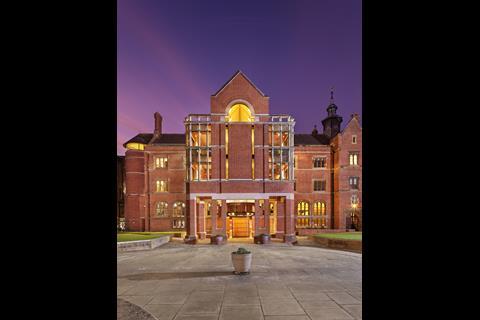
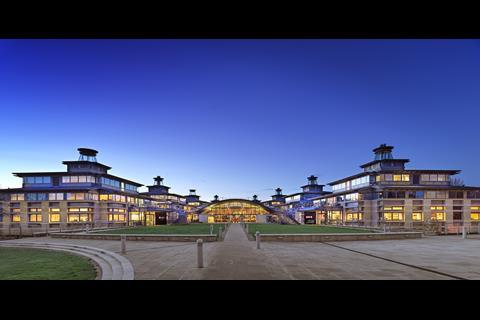
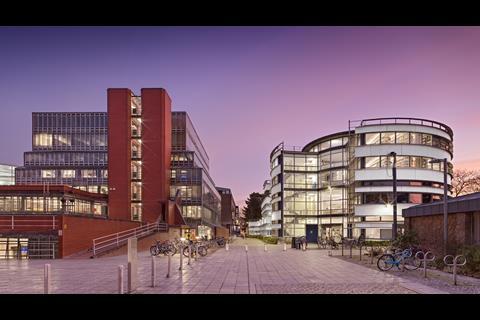
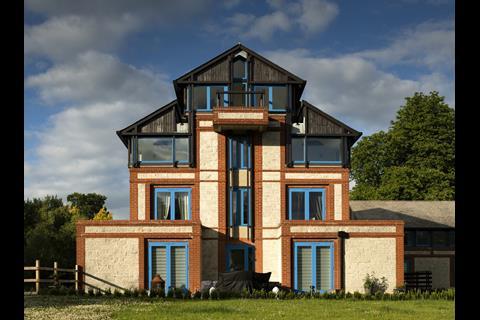







1 Readers' comment